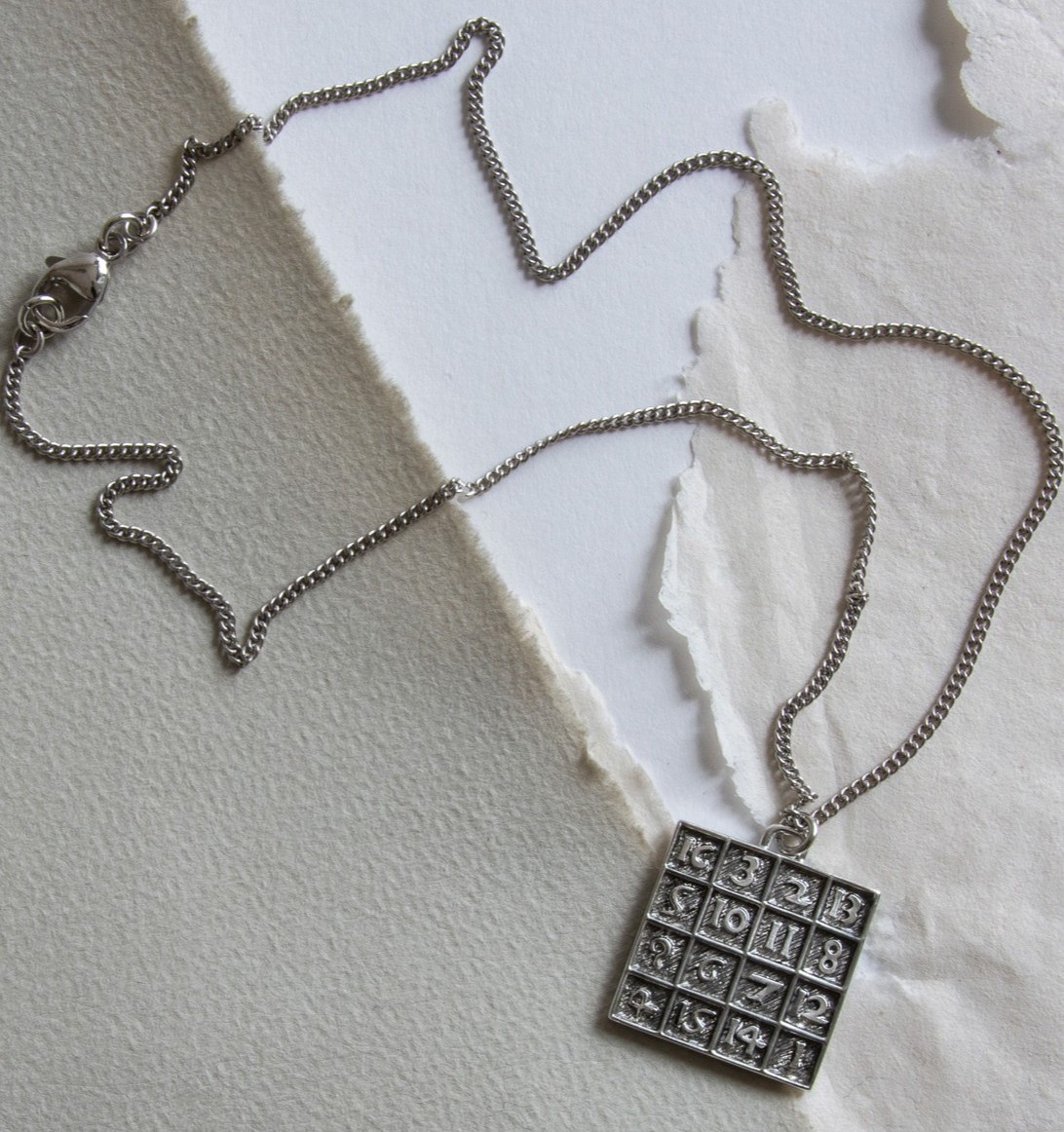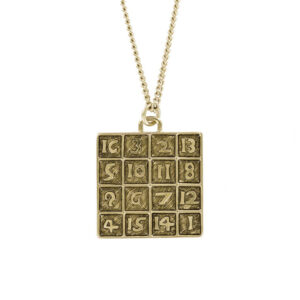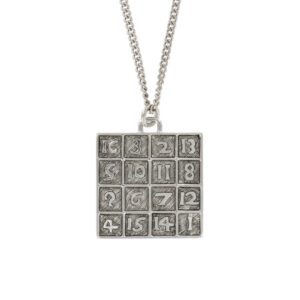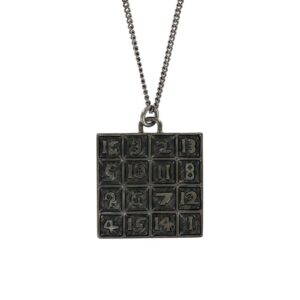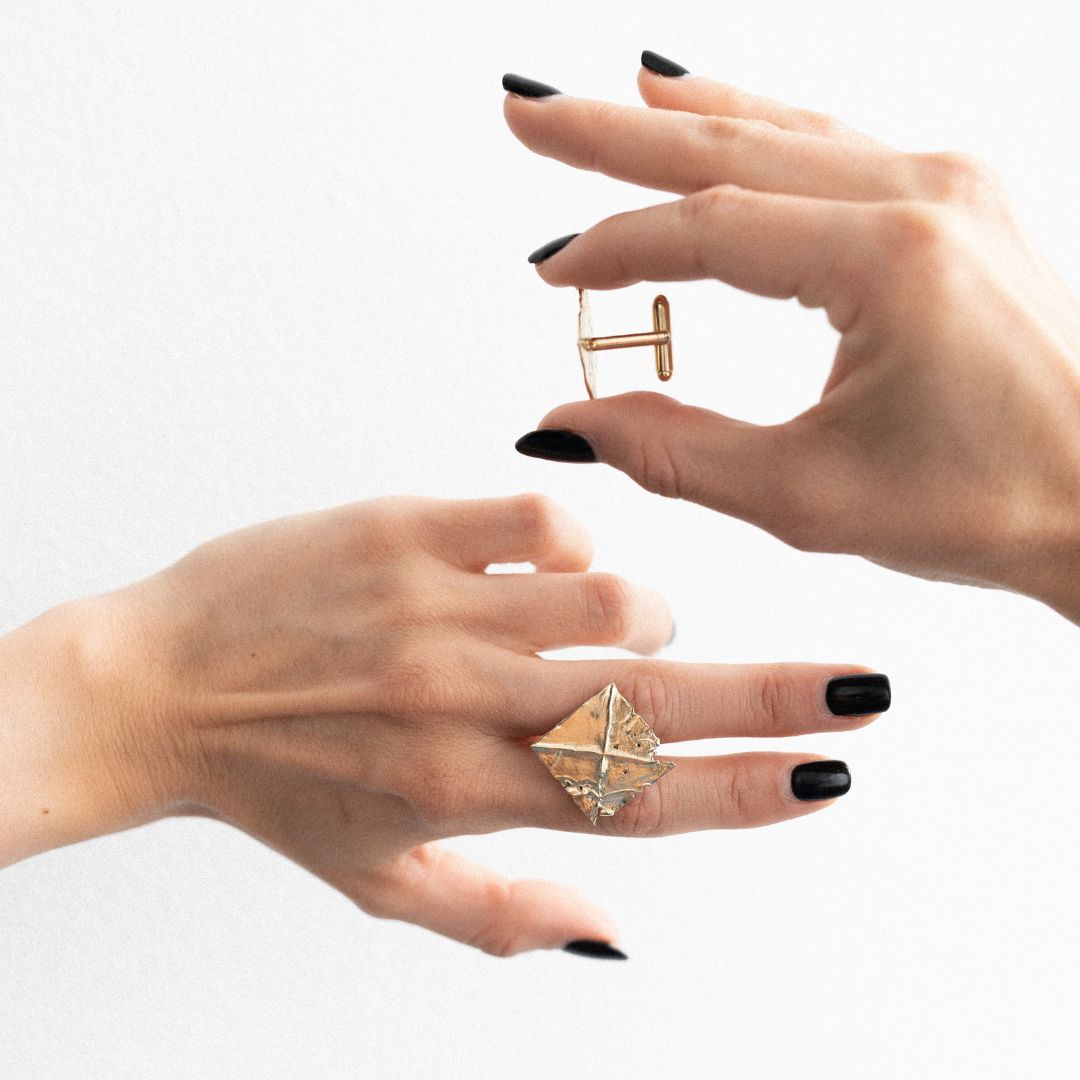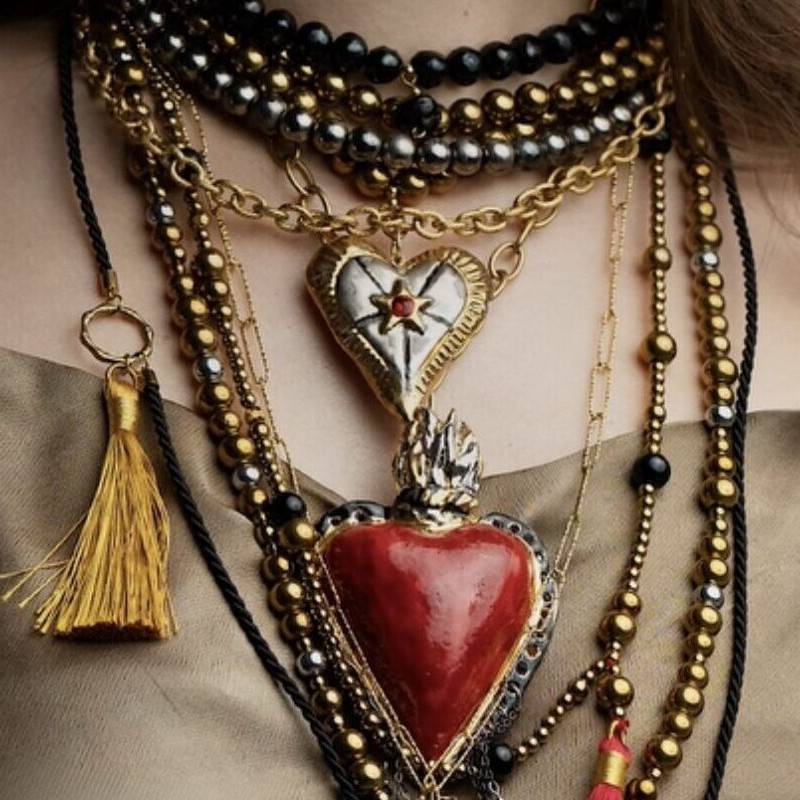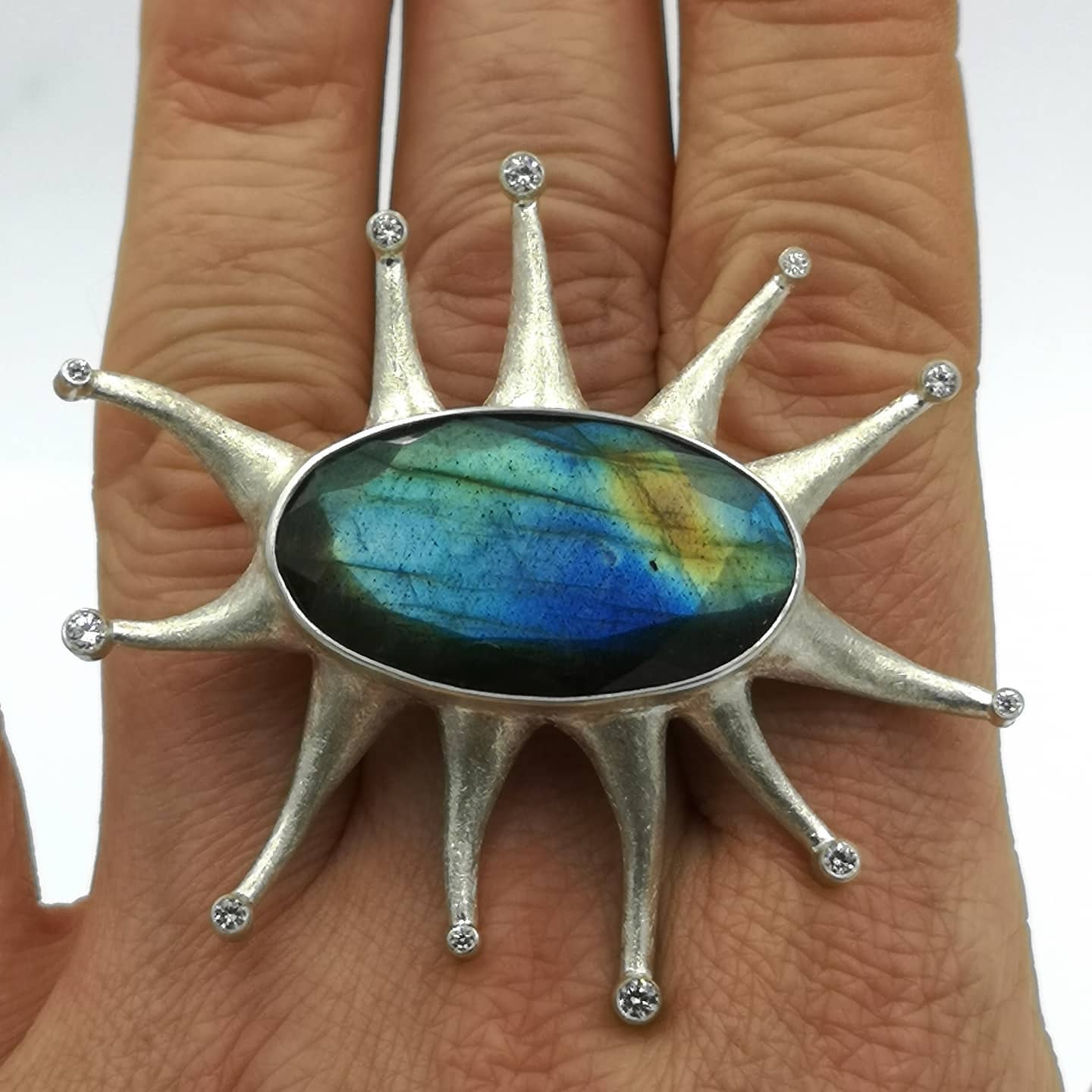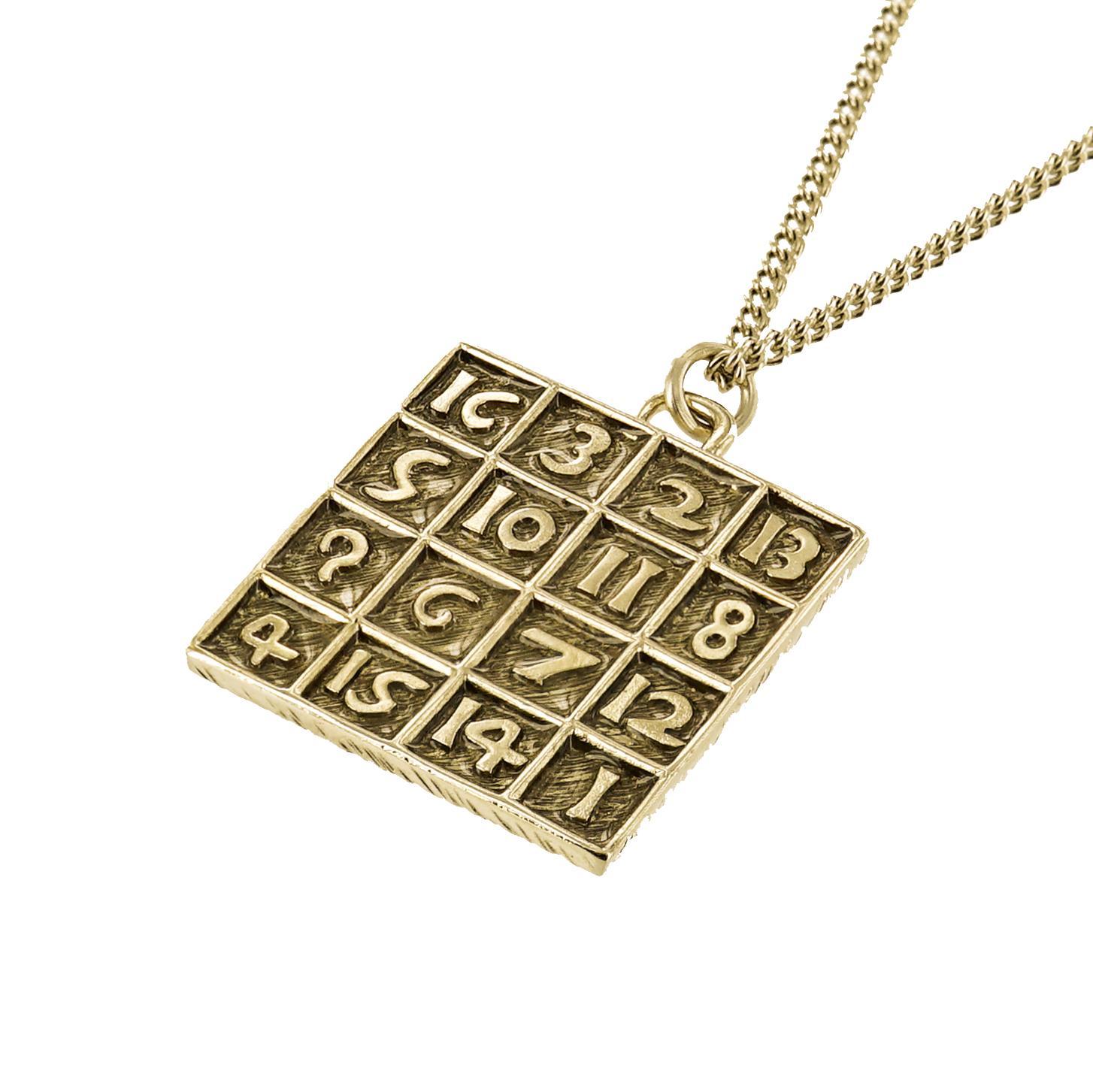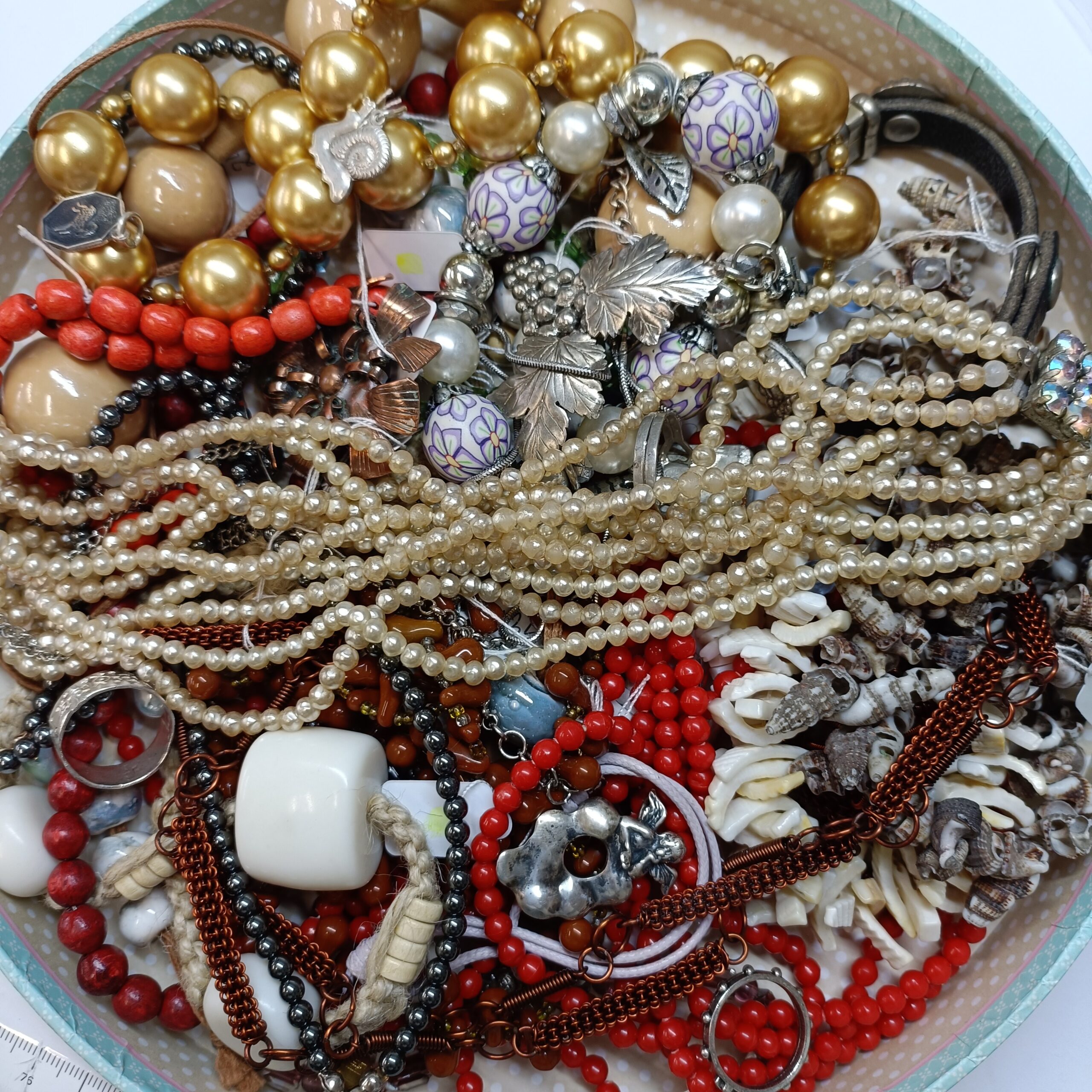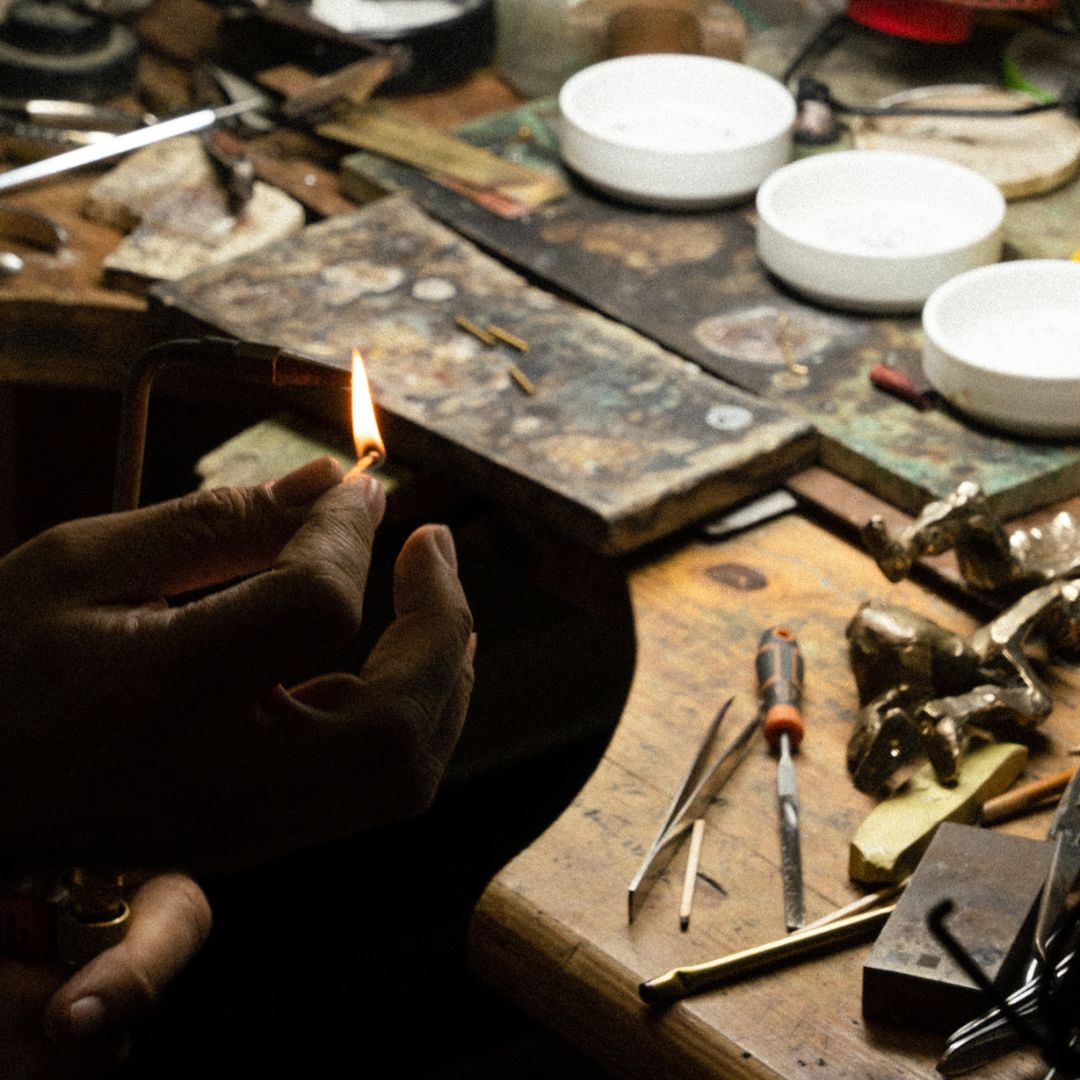Magic Square collection by Albrecht Dürer
Magic Square
by Albrecht Dürer
In 1514, Albrecht Dürer created a masterpiece: “Melencolia I”. Ever since, the beauty and mysterious nature of the engraving never ceased to fascinate art lovers, mathematicians, scientists, numerologists, and all fans of beauty and mystery. The Magic Square jewelry carefully emulates the original’s beauty and will complete perfectly any look.
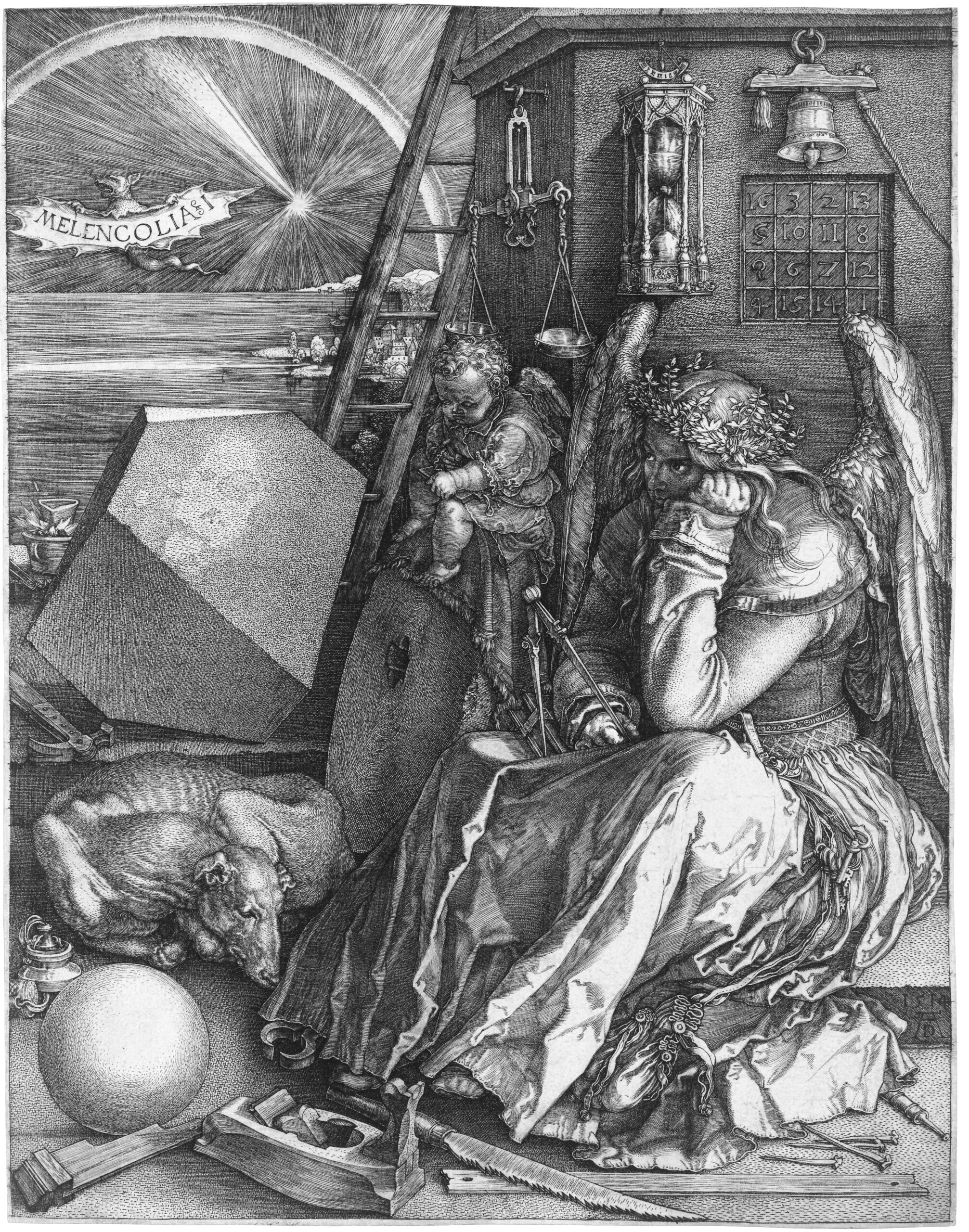
Beautiful and mysterious jewelry inspired by one of the most famous engravings of all time – Albrecht Dürer’s “Melencolia I”.
In 1514, Albrecht Dürer created a true masterpiece: “Melencolia I”. Ever since, the exquisite beauty of the engraving and its mysterious nature never ceased to fascinate art lovers, but also mathematicians, numerologists, and all fans of beauty and mystery. “Melencolia I” is an artwork full of enigmatic symbols and was never truly explained, even though specialists wrote countless texts on the subject. And the magic square it contains – the very first printed in Europe – is the most mysterious and intriguing motive of the “Melencolia I”, fascinating scientists and science and mystery enthusiasts for more than five centuries.
Our Magic Square jewelry carefully emulates the original’s beauty and finesse. Made of bronze, the pendants are available in three versions: plated in gold, black ruthenium, or white bronze. This original, high-end accessory will perfectly complete any outfit while also adding a touch of mystery to it.
The front of the necklace represents Dürer’s Magic Square as created by the artist in his “Melencolia I”. In the engraving, it is located in the upper right corner. The numbers 15 and 14 visible in the middle of the bottom row gives us the date of the engraving’s creation, 1514.
The meaning of the square – just as the meaning of many other elements in this engraving and the engraving itself – is still subject to specialists’ discussions. Even more so, because of its fascinating properties: Dürer’s square has a magic constant of 34 – the rows, columns, diagonals, each of the quadrants, the center four squares, the corner squares… all (and many more) add up to 34. The specialists counted 86 different combinations of four numbers from the Dürer’s square that sum to 34! Are you able to find them all?
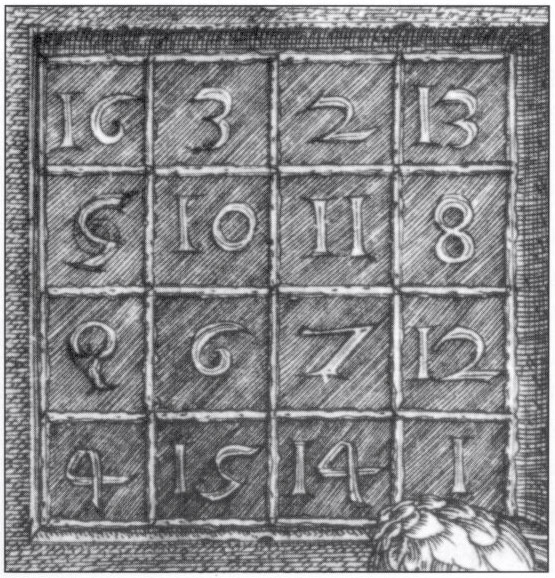

The back of the necklace shows Dürer’s famous monogram, first designed in 1495. Dürer was one of the first artists to sign his works – especially when it comes to drawings – and also one of the first to try to protect his intellectual rights (not an easy feast, knowing that his works were immensely popular in many countries). In 1505 he even traveled to Italy, where after his intervention, the Venetian Senate passed a law, which forbade anyone to use Dürer’s monogram in prints.

